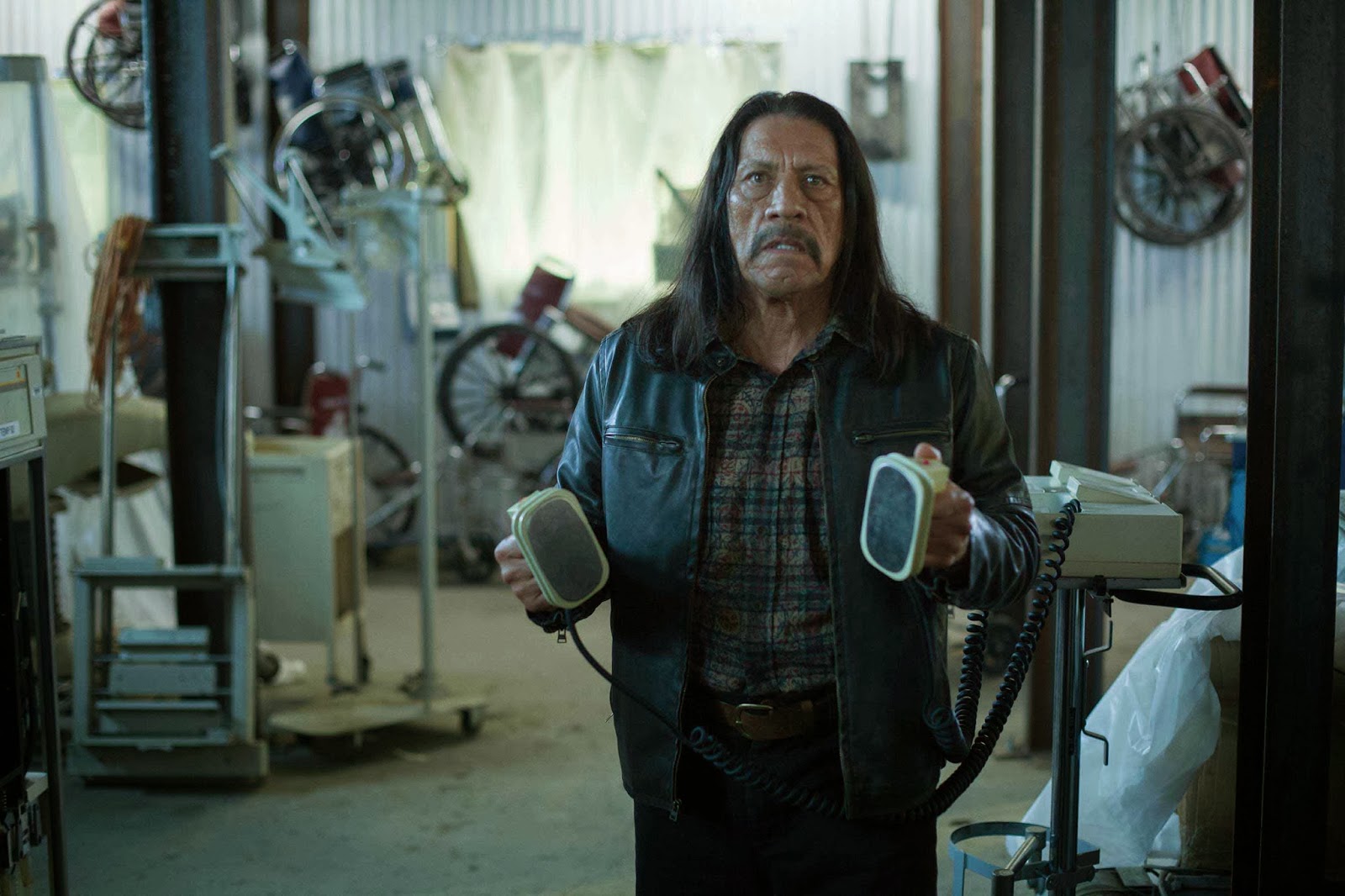
 Select a regular, unscented chlorine bleach that’s less than 1 year old.
Select a regular, unscented chlorine bleach that’s less than 1 year old. 
For example, you can use household bleach to disinfect water by following these steps: If you don’t have ready access to a heat source, there are other things that you can do to kill bacteria in water.
Once the water has cooled, store it in a clean, tightly-secured container.Īdditional tips for killing bacteria in water. Remove the water from the heat source and allow it to cool down. Allow the water to boil like this for at least 1 minute. This is the point where the water is boiling very vigorously with lots of bubbles.  If the water is cloudy, either let it settle or filter it through a coffee filter or clean piece of cloth before you boil it. In order to be sure that you’ve killed pathogenic bacteria that may be present in water, the Centers for Disease Control and Prevention (CDC) recommends the following: This temperature is below that of boiling water or even a simmer. The World Health Organization (WHO) notes that bacteria are rapidly killed at temperatures above 149☏ (65☌). water has been unsafely treated, handled, or stored. you’re traveling and are unsure of the quality or safety of the water. regular water service has been interrupted, due to a water line break or a natural disaster. However, there are some circumstances in which bacteria can be present in water. gastroenteritis caused by E.coli as well as some Vibrio speciesĭue to modern water treatment methods, this isn’t something that we often worry about. Some examples of bacterial illnesses that you can get from contaminated water include: Several types of disease-causing organisms can be present in water, including bacteria. What temperature kills bacteria in water?
If the water is cloudy, either let it settle or filter it through a coffee filter or clean piece of cloth before you boil it. In order to be sure that you’ve killed pathogenic bacteria that may be present in water, the Centers for Disease Control and Prevention (CDC) recommends the following: This temperature is below that of boiling water or even a simmer. The World Health Organization (WHO) notes that bacteria are rapidly killed at temperatures above 149☏ (65☌). water has been unsafely treated, handled, or stored. you’re traveling and are unsure of the quality or safety of the water. regular water service has been interrupted, due to a water line break or a natural disaster. However, there are some circumstances in which bacteria can be present in water. gastroenteritis caused by E.coli as well as some Vibrio speciesĭue to modern water treatment methods, this isn’t something that we often worry about. Some examples of bacterial illnesses that you can get from contaminated water include: Several types of disease-causing organisms can be present in water, including bacteria. What temperature kills bacteria in water?










